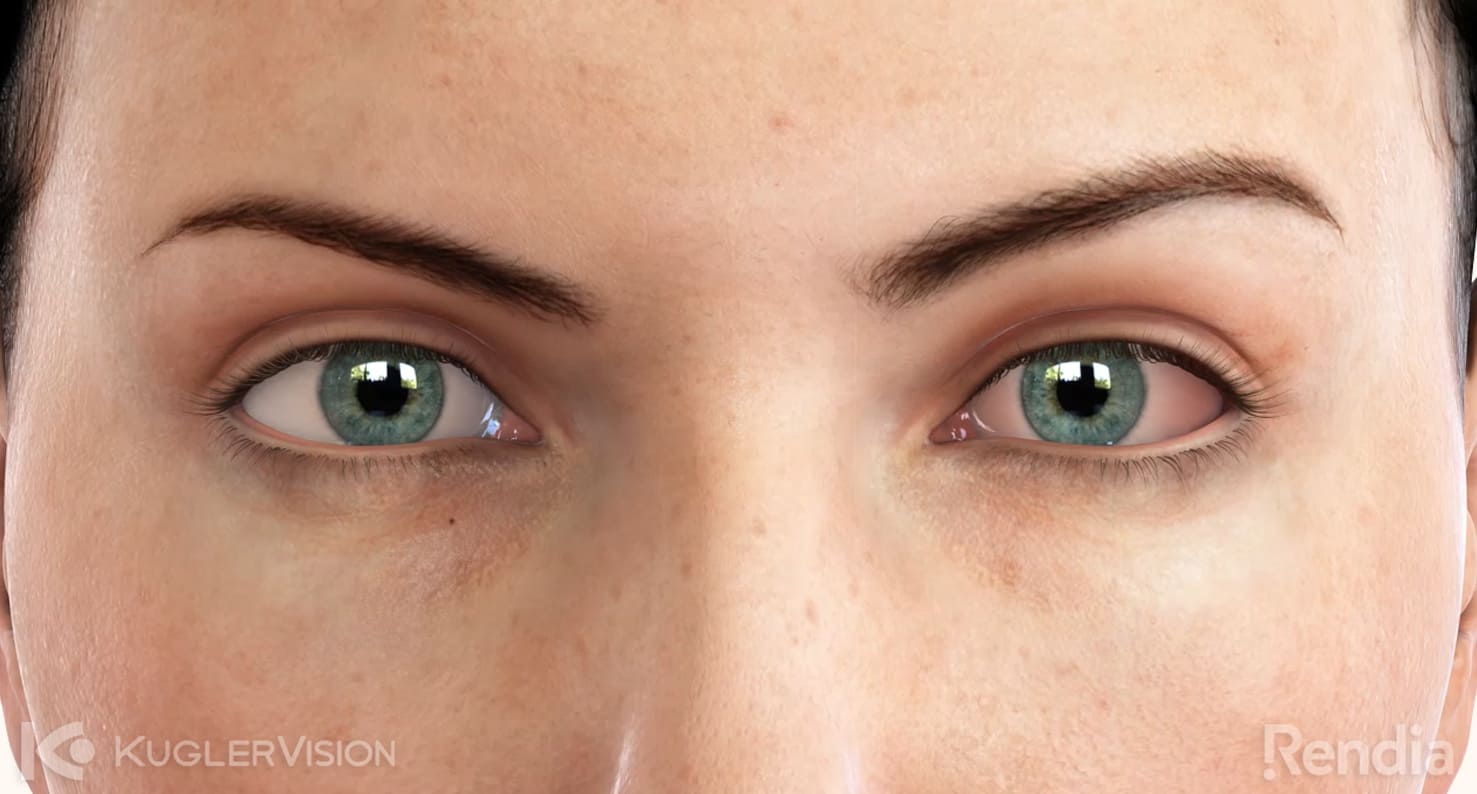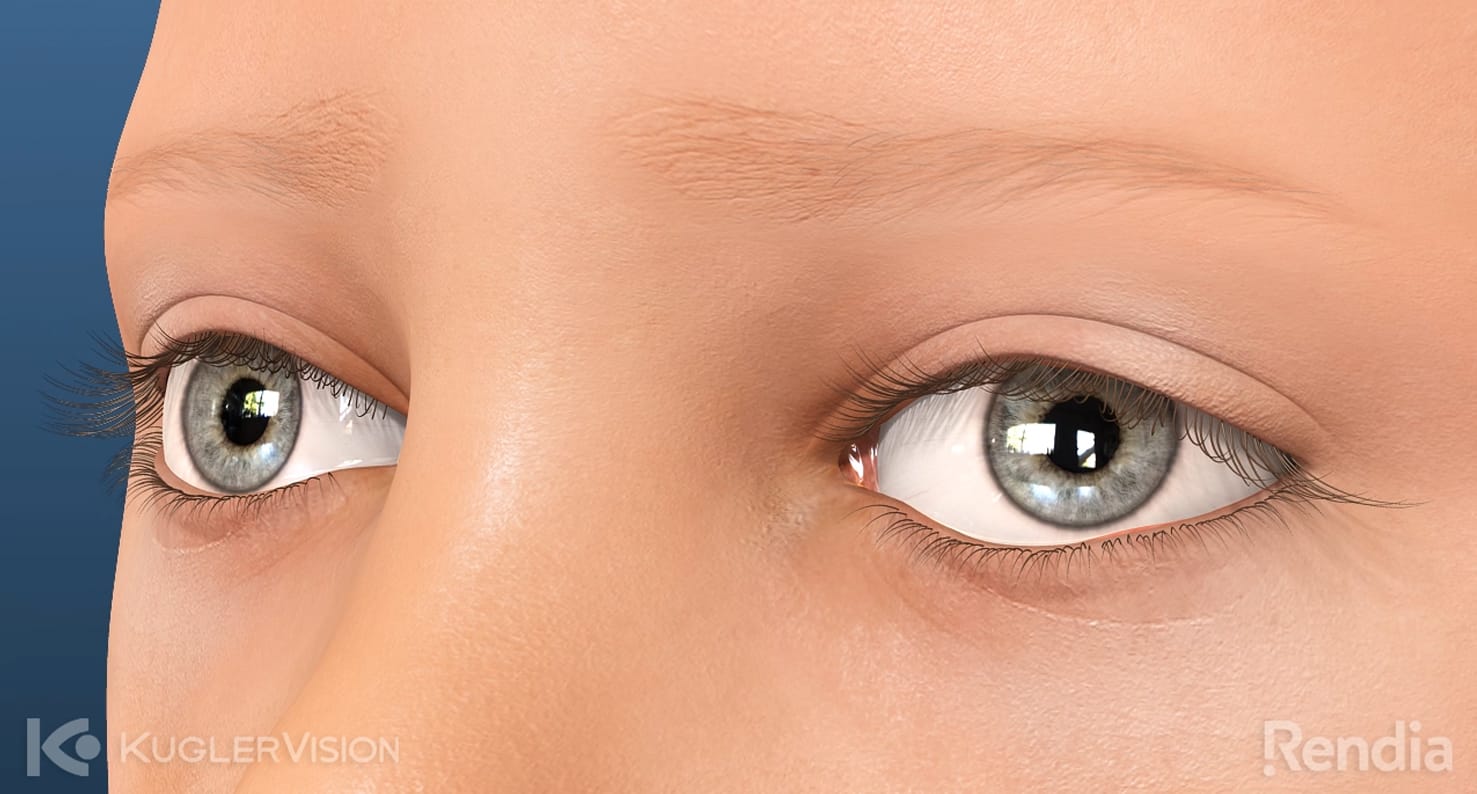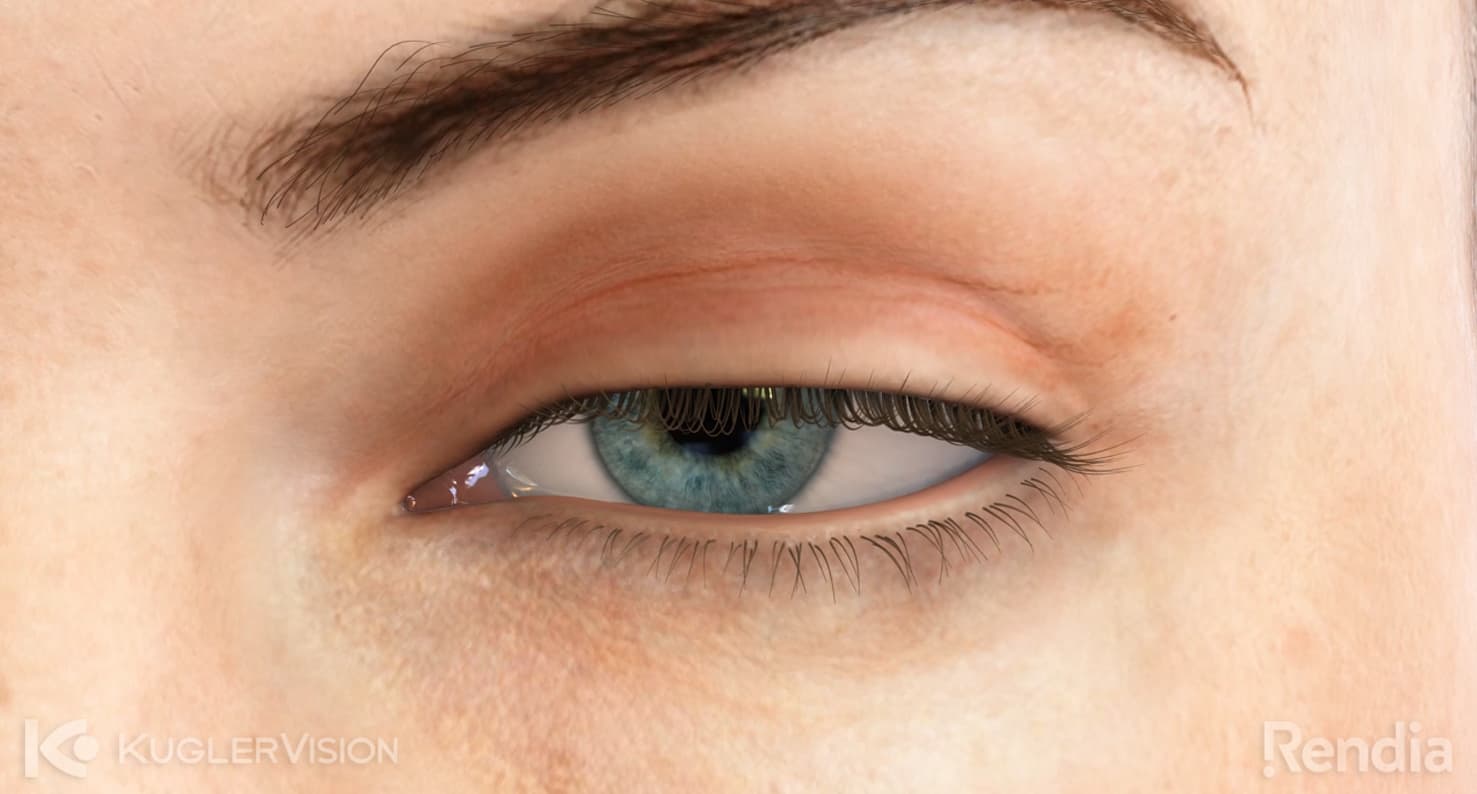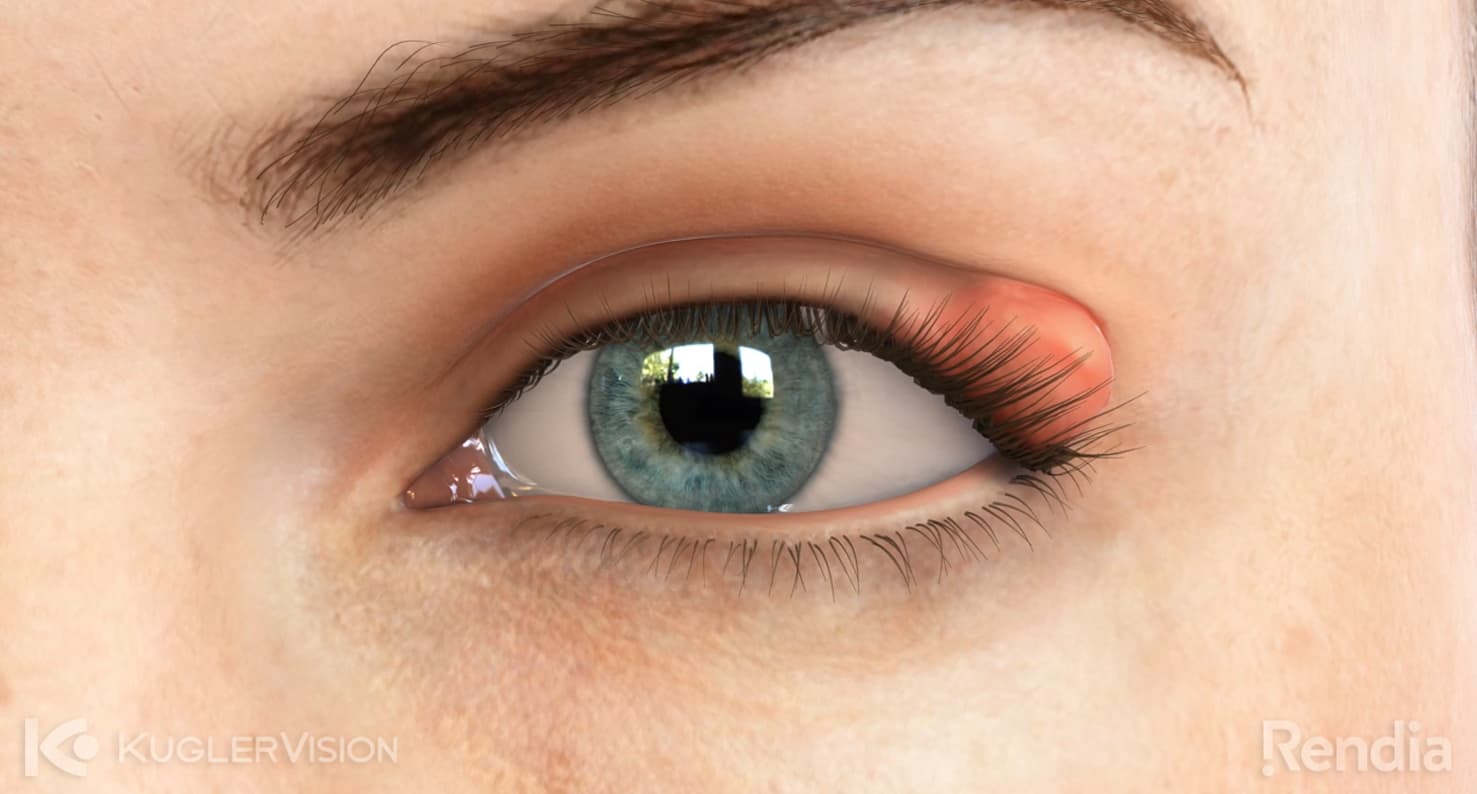5 Common Eye Conditions
Published by on December 26, 2017
There are many common eye conditions and diseases that can affect your vision. Early diagnosis and treatment are critical to maintaining good eye health. Below are five common eye conditions. Learn how to recognize common symptoms and what your best treatment options may be.
Common Eye Conditions
Conjunctivitis (Pink Eye)

Conjunctivitis is an eye condition and occurs when the conjunctiva covering the white part of the eye becomes inflamed or infected. Blood vessels within the eye dilate and fill with blood, causing redness. The eye feels irritated and in some cases, there may be a yellowish discharge that can cause the eyelids to stick together. Often times, conjunctivitis is associated with allergies but can also be caused by bacterial or viral infections. Bacterial and viral conjunctivitis can be very contagious.
In most cases, conjunctivitis will go away on its own without treatment. Your doctor may prescribe antibiotic eyedrops or ointment if it is a bacterial infection. Conjunctivitis rarely affects vision; however, if you experience any change in vision, discharge, light sensitivity, or if the problem does not resolve within a few days, please contact us if you believe you have this eye condition.
Amblyopia (Lazy Eye)

In order for a child to develop normal, healthy vision, the brain must receive clear and aligned images from both eyes. Several conditions can interfere with this process, and over time, a developing brain can learn to ignore the “weaker” eye and favor the “stronger” or “dominant” eye. This eye condition is called Amblyopia, commonly referred to as “lazy eye”. Amblyopia is most commonly associated with misalignment of the eyes. It may also be caused by a large or unequal refractive error between the eyes.
Treatment options for amblyopia begins with corrective lenses and eye patches, topical atropine, or possibly surgery for addressing misalignment. These treatment options forces the individual to use their “weak” eye. Treating amblyopia as early as possible is the most effective way to prevent vision loss and have the best possible outcomes.
Ptosis

When someone suffers from drooping eyelids, they may have difficulty seeing, resulting in Ptosis. Ptosis is when one of both eyelids droop downward. The drooping may hardly be noticeable, or it may be so severe that the eyelids obstruct the person’s vision. Ptosis can be inconvenient and uncomfortable for adults, but the obstructed vision can pose a serious threat to a child’s eyesight development.
This condition typically does not go away on its own. Correcting Ptosis usually involves treatment from an eye surgeon to restore the eyelids to their normal position.
Stye

A stye develops when one of the glands at the edge of the eyelid becomes infected. Resembling a pimple, a stye can grow on the inside or outside of the eyelid. An individual usually experiences tenderness, redness, and swelling. Styes do not interfere with vision.
Many styes heal within a few days on their own. The healing process can be accelerated by applying a warm compress to the affected area. If styes develop frequently, then an eye doctor may prescribe an antibiotic ointment to prevent the recurrence.
Chalazion

A chalazion is a bulge in the eyelid caused by a blocked opening or infection of the oil producing glands. Common symptoms are eyelid tenderness, swelling and increased tearing. Typically, a chalazion will shrink within a few weeks; however, when the area does not heal on its own, the primary treatment is a warm compress on the eyelid that gradually clears the ducts and promotes drainage.
In rare cases, a doctor’s exam may be required to drain the chalazion or to consult that it is not something more serious.
Why Eye Exams Are Important
Caring for your eyesight begins with an EyeAnalysisTM Eye Assessment – a complete eye exam – at Kugler Vision. An EyeAnalysis Eye Assessment is more than just testing your vision, it’s the most complete ocular analysis available anywhere in the region. Many eye conditions can develop overtime, and an EyeAnalysis Eye Assessment is a great resource for catching them.
Visual skills that affect the learning and development process not only include near and far vision but also, eye teaming skills, eye movement skills, focusing skills, peripheral awareness and eye/hand coordination. To prevent these issues from affecting learning and development, please schedule annual eye exams.
Annual exams are the best way to detect eye conditions and eye diseases early, and address them before they develop into more serious problems. Schedule yours today at Kugler Vision. Call us at 402.558.2211.

Lance Kugler, MD, is a specialist in LASIK and vision correction surgery and CEO of Kugler Vision. A proud Omaha native, he is passionate about improving lives through clear vision. Dr. Kugler serves on several national boards, and his practice is recognized internationally as a center of excellence. Dr. Kugler is one of the original founders of the Refractive Surgery Alliance, an international organization comprised of over 350 of the world’s leading vision correction surgeons; he also served as its first president. In 2019, Dr. Kugler was selected as a TEDx speaker, and delivered a talk in Omaha about the worldwide epidemic of nearsightedness and refractive solutions. Dr. Kugler is an Associate Professor of Refractive Surgery at the University of Nebraska Medical Center’s Truhlsen Eye Institute, has been published in many medical journals, and participates in numerous clinical studies to advance the field of vision correction surgery. Additionally, Dr. Kugler is proud to be a Board Certified Fellow of the World College of Refractive Surgery & Visual Sciences. Dr. Kugler and his wife are proud parents to five active kids. When he has a spare moment, he enjoys skiing, tennis, travel, and fine coffee.




Leave a Reply